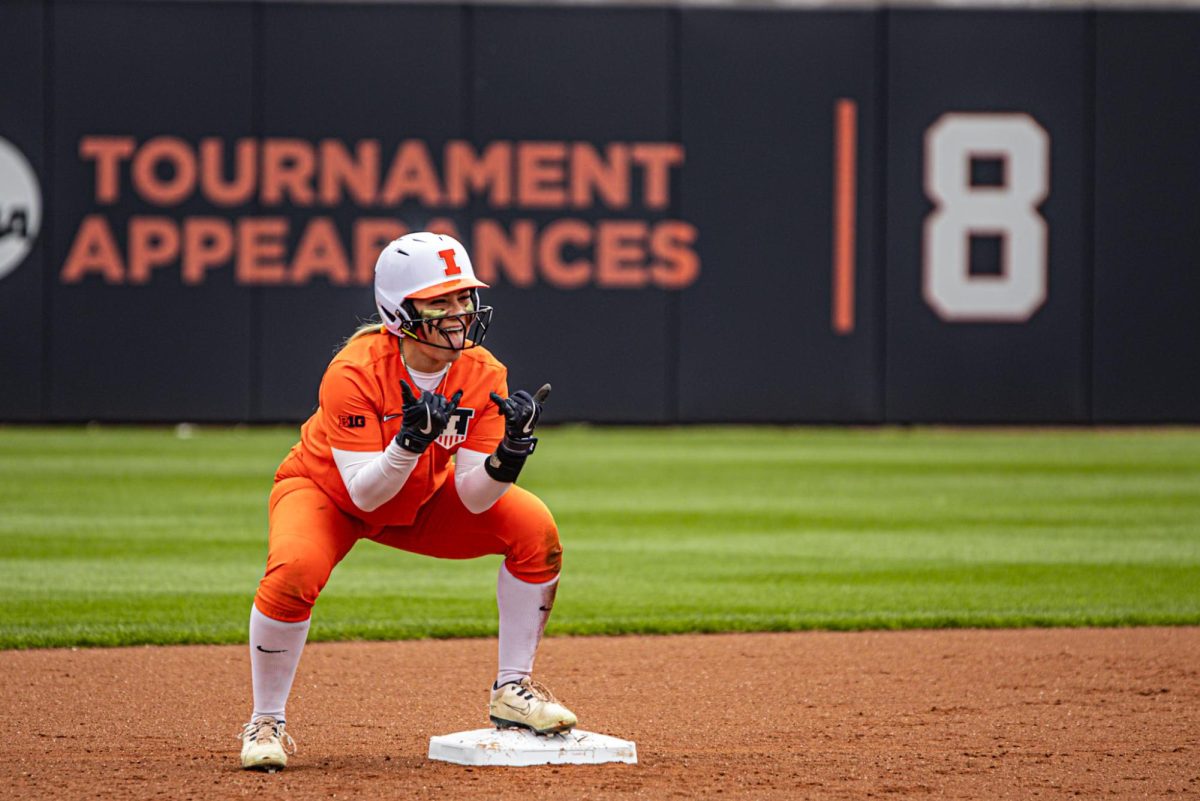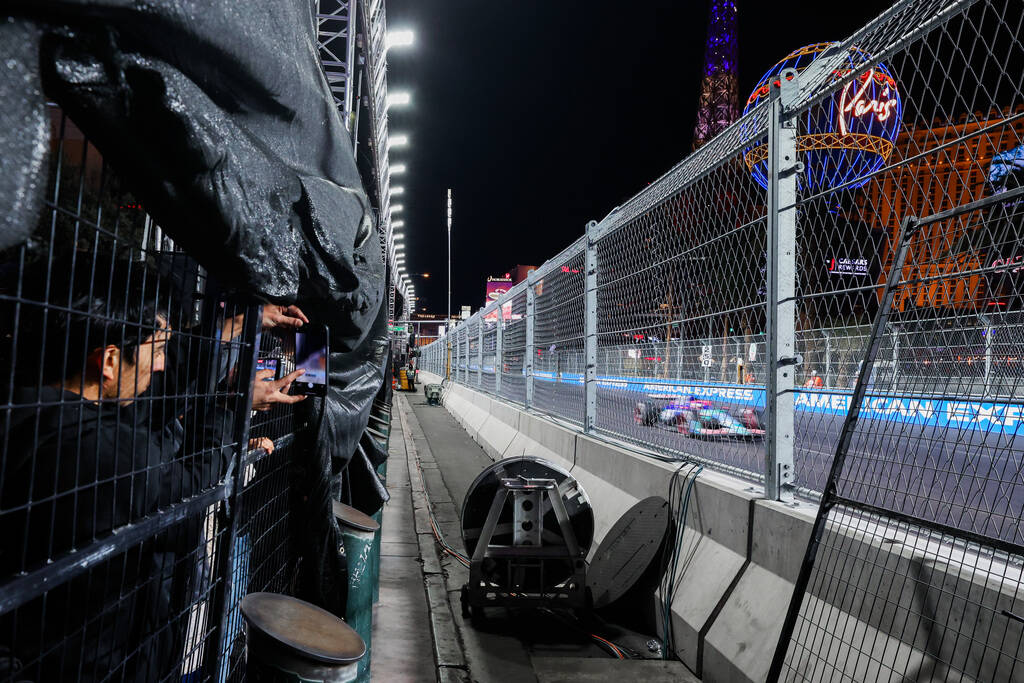Name, image and likeness has become the largest talking point in collegiate athletics ever since student-athletes signed endorsement deals in July 2021. However controversial NIL may be, it makes the sports better because it makes the competition better.
The benefits to the women’s game have been immense. For example, CNBC says that “women’s college basketball has ranked the third-highest among NIL-compensated sports, according to OpenDorse.” This is a large disproval of the idea that women would be left behind in the NIL era. Women’s sports make up six of the top 10 list for NIL-compensated sports, according to OpenDorse.
OpenDorse has data for the top 10 sports in NIL: football, men’s basketball, women’s basketball, women’s volleyball, softball, baseball, women’s track and field, women’s gymnastics, men’s track and field and women’s swim and dive. The top valuations in NIL across all sports, according to On3, have Bronny James at No. 1 and Shedeur Sanders at No. 2, which makes sense when considering the connections.
At No. 3 is Olivia “Livvy” Dunne, an LSU gymnast who has gained extreme fame through social media. The rest of the top 10 is filled with football players, aside from No. 7 being Angel Reese, the star forward for LSU women’s basketball. However, On3’s NIL valuation for Illinois is much further aligned with men’s sports.
The entire top 10 consists of football and men’s basketball players, with future NFL draft pick and junior defensive tackle Jer’Zhan Newton valued at $502,000, just ahead of fifth-year guard Terrence Shannon Jr., valued at $387,000.
Get The Daily Illini in your inbox!
The Division of Intercollegiate Athletics announced in August of 2022 that it would be launching an NIL marketplace for student-athletes, partnering with OpenDorse. A year later, the DIA announced that the ICON collective would become the main third party to support Illinois student-athletes in their NIL journey.
On the official Illinois NIL store, multiple athletes are listed as “Fighting Illini on the Rise.” As of Dec. 11, those athletes were football junior wide receiver Pat Bryant, soccer junior midfielder Sydney Stephens, men’s basketball senior forward Coleman Hawkins, Terrence Shannon Jr. and women’s basketball senior guard Makira Cook.
The site provided the total NIL earnings, which are over $120,000, and said that the “athletes make anywhere from $8-$15 per item sold on the store.” Fans can buy jerseys for a plethora of different players from multiple different sports, whose prices range from $70 to $110. Even former players are listed on the site, from Dee Brown to Deron Williams — however, not all players are.
The NIL era has come with its fair share of problems as lawsuits arose. On Nov. 6, a California federal judge ruled that lawsuits up to $1.4 billion in claims can move ahead as a class action. The lawsuit in question seeks that money because of the NIL revenue that could have been earned if NIL had existed beforehand. The lead plaintiffs are all former athletes: Arizona State swimmer Grant House, Oregon basketball player Sedona Prince and Illinois football player Tymir Oliver.
There are multiple lawsuits against the NCAA for similar cases. Student-athletes are not considered employees, but Johnson v. NCAA demands that they are labeled employees based on the Fair Labor Standards Act.
Personally, there’s no reason not to consider them employees and no reason not to pay athletes. The argument that they’re students who are compensated by scholarships is no excuse to leach off the extreme profits that student-athletes bring in from their talents being put on display.
Statista’s data showed in 2019 that the revenue generated by NCAA athletic departments reached over $18 billion. Calling that significant would be an understatement of epic proportions.
With all of that being said, it’s clear that NIL has not only provided at least some fair measures to student-athletes, but it has made it so that people are allowed to make money off their own talents, not just to play a sport that makes extreme profits for schools that reap all the benefits. There is no doubt that the NIL era has been a success for students, and I think it will only continue to become a greater success in the coming years.
@arrosen76





